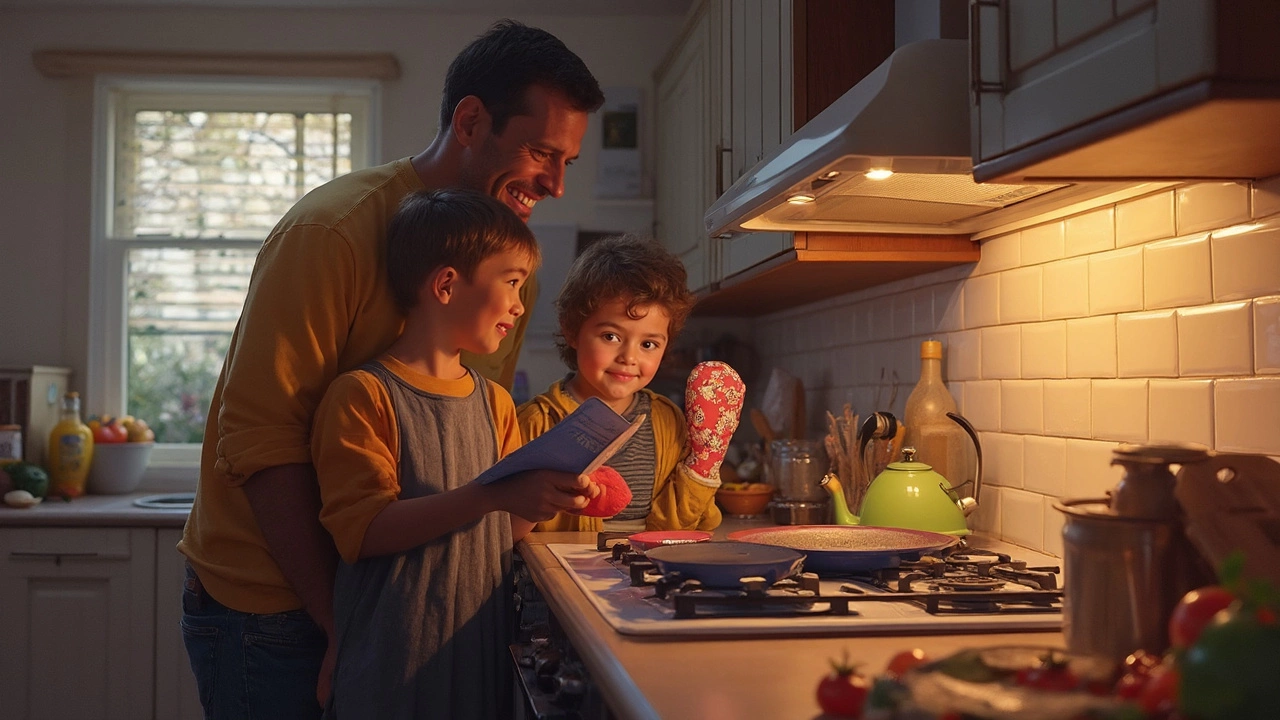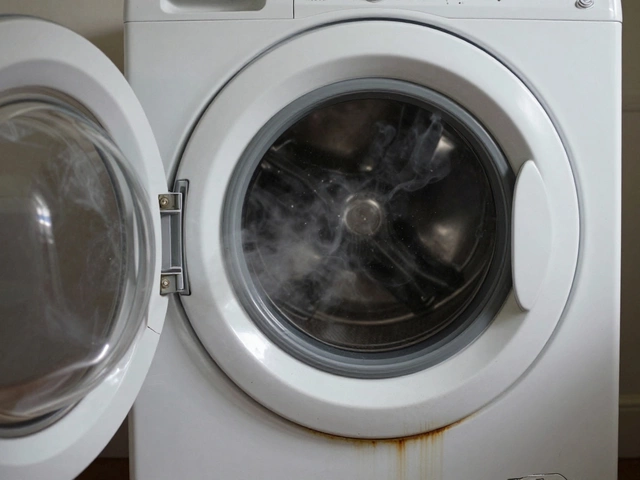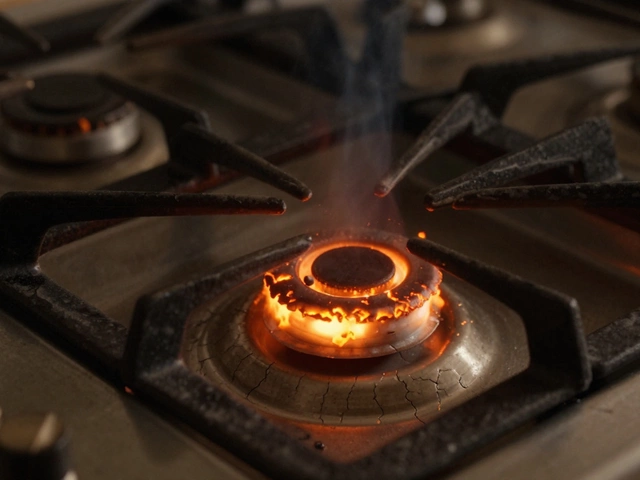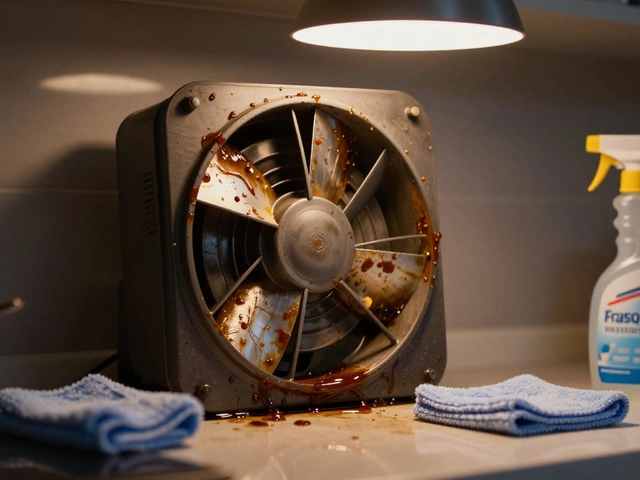Electric Stove Problems: What’s Wrong and How to Fix It
If your electric stove suddenly stops heating, makes weird noises, or the controls act up, you’re not alone. Most homeowners face at least one of these issues every few years. The good news is many of the fixes are simple and don’t require a pricey call‑out.
Why Your Electric Stove Might Not Heat
The first thing to check is power. Make sure the stove is plugged in and the circuit breaker hasn’t tripped. A loose plug or a blown fuse can look like a stove problem when it’s really an electricity issue.
Next, look at the heating elements. Over time they can get coated with food residue or burn out completely. A quick visual check will show if an element is cracked, blistered, or darkened. If you see damage, the element needs replacing.
Another common culprit is the thermostat or temperature sensor. If the sensor is dirty or fails, the stove may think it’s already hot and won’t turn on. Cleaning the sensor with a soft cloth can sometimes solve the problem, but a faulty sensor will need a new part.Finally, consider the control board. Modern electric stoves use electronic panels that can develop loose connections or fail after years of use. If the display is flickering or buttons don’t respond, the board may be the issue.
Simple DIY Fixes You Can Try
Start with the easy stuff. Turn off the stove, unplug it, and reset the breaker. Give the outlet a quick test with another appliance – if it works, the power is fine.
For burned‑out elements, make a note of the element’s model number (usually printed on the front). You can order a replacement online and swap it in about 15 minutes. Just unscrew the old element, disconnect the wiring, attach the new one, and tighten the screws.
If the burners aren’t heating evenly, clean the coil or flat‑top burners with warm, soapy water. Remove any food splatter, then dry thoroughly before re‑installing.
When dealing with a faulty thermostat, locate the sensor (often a small metal rod on the back of the oven cavity). Gently wipe it with a damp cloth. If the stove still won’t heat, you may need a new sensor – a job most DIY‑savvy folks can handle with a screwdriver and a bit of patience.
Control‑panel issues are trickier. First, check for loose wire connectors behind the panel. Tightening a loose screw can sometimes restore function. If the panel still misbehaves, it’s safest to call a qualified technician.
Safety tip: always disconnect power before opening any part of the stove. If you’re not comfortable working with electricity, skip the DIY step and schedule a professional visit.
By running through these checks, you can solve many electric stove problems without breaking the bank. When the fix is beyond your skill set, a local repair service can replace elements, sensors, or control boards quickly and affordably.
Keep this checklist handy: power check → visual element inspection → sensor cleaning → burner cleaning → control panel review. With a little effort, most electric stove hiccups disappear, and you’ll be back to cooking in no time.
Electric Stove Problems: The Two Most Common Fixes You Need to Know
- Alden Wilder
- May 29 2025
- 0 Comments
Electric stoves are workhorses in the kitchen, but they aren’t immune to problems. This article covers the top two issues most people face—burners not heating and issues with the stove’s control panel or wiring. You’ll learn why these problems happen, how to spot warning signs, and what you can do before calling a repair tech. There are also tips for quick fixes and ways to keep your stove in good shape longer. Find out what really goes wrong inside your stove and how to avoid bigger headaches.
View More


